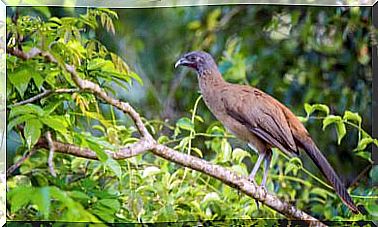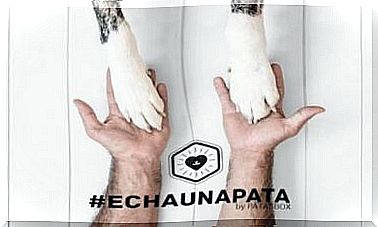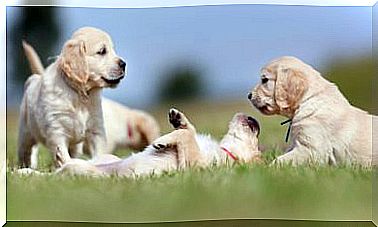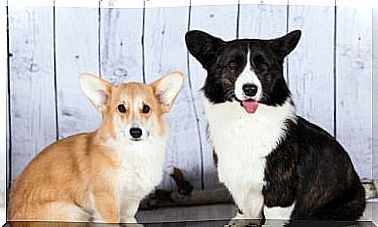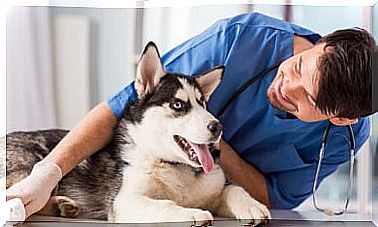How Long Does A Cat Pregnancy Last?
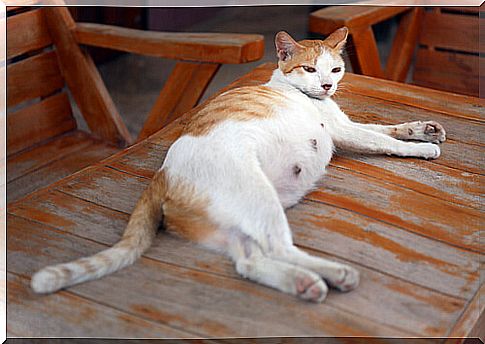
As with humans, female cats also have a number of symptoms, and indicators of their pregnancy. These symptoms are not observed immediately, but will be observed from the third or fourth week of gestation.
Physical changes
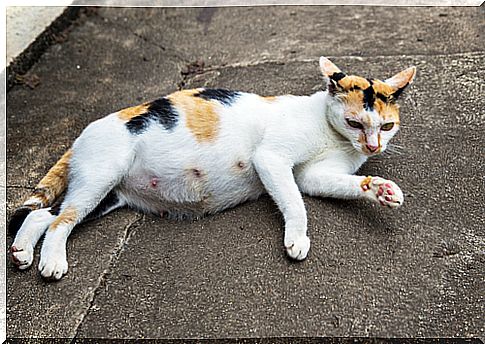
The first symptom that can be observed of pregnancy is changes in the nipples, which begin to swell and turn a darker pink color. Another symptom is increased appetite and vomiting and morning sickness. Changes in their behavior are also common, as the cat can become affectionate and demand company or, on the contrary, become strange and lonely.
But the main sign is the increase in the size of the abdomen, which begins to be noticed around five weeks of gestation.
In this gestation period, it is advisable to provide the animal with a balanced diet, which provides a lot of meat, fish and milk, with its mineral and vitamin supplements.
When the delivery arrives
We know that the moment of delivery is close when we see that the size of the breasts increases, caused by the accumulation of milk. The perineal area is flaccid and relaxed.
In the day before giving birth, the cat will be restless, active, without stopping to walk, with loss of appetite, decay and with howls that increase in tone as the moment approaches.
At the beginning of labor, the meows are louder with each contraction, which will expel the first kitten, which can come out with or without a placenta. However, each calf will have its own placenta.
When the placenta does not break on its own, the cat will take care of it with her teeth. The interval between the exits of the newborn kittens can range from five minutes to an hour. Pussycats can have between one and eight kittens.
Regarding the total duration, the complete delivery from the first to the last kitten can take a whole day.
Generally, cats deliver with little difficulty and do not require human assistance. As soon as the little cats are born, they will approach the cat’s nipples and begin to suckle.
Some guidelines for pregnancy
- The gestation period of our cat will surely be shorter than we may think at first. Typically it will range from 56 to 64 days, not beyond two months.
- When we suspect that there may be pregnancy, the ideal is to take the cat to the vet to confirm the diagnosis. We will ask you to anticipate the time in which our pet has been pregnant. In this way we will calculate the time of the arrival of the delivery and we will be prepared to help.
- From the knowledge of this pregnancy we will increase the care of the feline. Especially when it comes to your diet and nutrition; in this way we can guarantee the maximum health of the mother and the puppies that will be born.
- Until week six, the cat can eat the ration that she usually takes once a day. From that moment, and more or less until week number seven, the ration should be divided in two for better assimilation. From the seventh week, the ideal is to take three shots, morning, afternoon and night. In this way the animal will take the same but little by little.
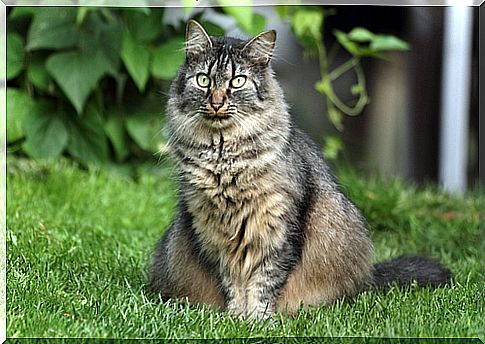
- The feed or prepared foods that you usually take can be replaced by others of a better quality. In this way, both the mother and the puppies will receive all the necessary nutrients.
- The space that the future mother of puppies will need during pregnancy should be more comfortable and cooler, without too much heat, poorly lit to enhance the cat’s serenity, and with plenty of food and water. The more comfortable the animal feels, the calmer it will be and the better it will cope with the next birth.
- The games that we usually have with our friend we can continue to play during pregnancy. This does not mean that it is completely impeded, although we will do it more gently, avoiding any sudden movement.
- In the last phase of pregnancy, the organs and muscles of future feline pups complete their growth. In this way, during the final phase of feline gestation, newborn puppies will develop their muzzle and the characteristic fur that will cover their body for the rest of their lives.

